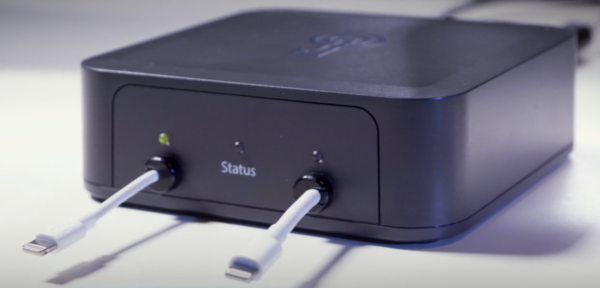A little-known, Florida-based marketing firm called Exactis may be responsible for a significant amount of personal data being exposed. According to a report from Wired, the firm left 340 million individual records on a publicly accessible server that any person could have gotten ahold of.
The leak was discovered earlier this month by security researcher Vinny Troia, founder of the New York-based security firm Night Lion Security. He reported his find to the FBI and Exactis earlier this week, and while the company has since protected the data, it’s unclear just how long it sat exposed.
So just how bad is the leak? It’s pretty bad! The data stored on the server amounts to about two terabytes worth of personal information.
Troia told Wired the database from Exactis appears to have data from “pretty much every US citizen” in it, with approximately 230 million records on American adults and 110 million records on US business contacts. That falls in line with Exactis’ own claim on its website that it has data on 218 million individuals. If the leak is truly as big as estimated, it would make for one of the largest exposures of personal information in recent memory.
Those records contain a variety of data points, including phone numbers, home addresses, and email addresses connected to an individual’s name. It also included more than 400 characteristics about a person, ranging from if the person is a smoker or not, their religion, if they own any pets, if they have kids, their age, gender, etc. It also included interests like scuba diving and plus-sized apparel, per Wired.
Notably, financial information and Social Security numbers were not discovered in the database. (Don’t worry, all that information was likely already exposed by Equifax last year.) That doesn’t mean the information doesn’t have value, though. Were this data to have been accessed by a malicious actor, they could easily pair it with previous breaches to create an even more complete profile of an individual or use it to carry out social engineering attacks.
There are plenty of troubling things about the Exactis leak, not the least of which is the sheer breadth of information exposed. First, there’s the question of just where this small marketing firm based in Palm Coast, Florida got its hands on the personal interests and contact information of hundreds of millions of Americans.
Troia said he didn’t know where the data was coming from exactly, but called it “one of the most comprehensive collections” he’s ever seen. Marc Rotenberg, executive director of the nonprofit Electronic Privacy Information Center, theorized to Wired that the information may have come from a variety of sources including magazine subscriptions, credit card transaction data, and credit reports.
Then there’s the fact that no one has any idea if this massive database was accessed by anyone prior to Troia. Only Exactis would have any idea how long the server has sat unprotected, and could potentially see who accessed it. The company has not yet publicly responded to the leak and did not respond to request for comment.
Odds are, someone—a hacker or just a random person—likely stumbled across the server before Troia. The security researcher found the database while using the search tool Shodan, which allows just about anyone to scan publicly accessible, internet connected devices. Anyone with access to the same tools could have just as easily discovered the same server Troia found.
These types of leaks, where a server containing sensitive information is left unsecured, happen with surprising regularity. A conservative data firm accidentally leaked information on more than 200 million Americans last year. 12,000 social media influencers had their information exposed in a similar mishap, as did US military veterans and government contractors. All of this goes to show that companies in the business of collecting data aren’t in the business of protecting it.
Source: Personal Information of 340 Million People and Businesses Leaked By Florida Marketing Firm


